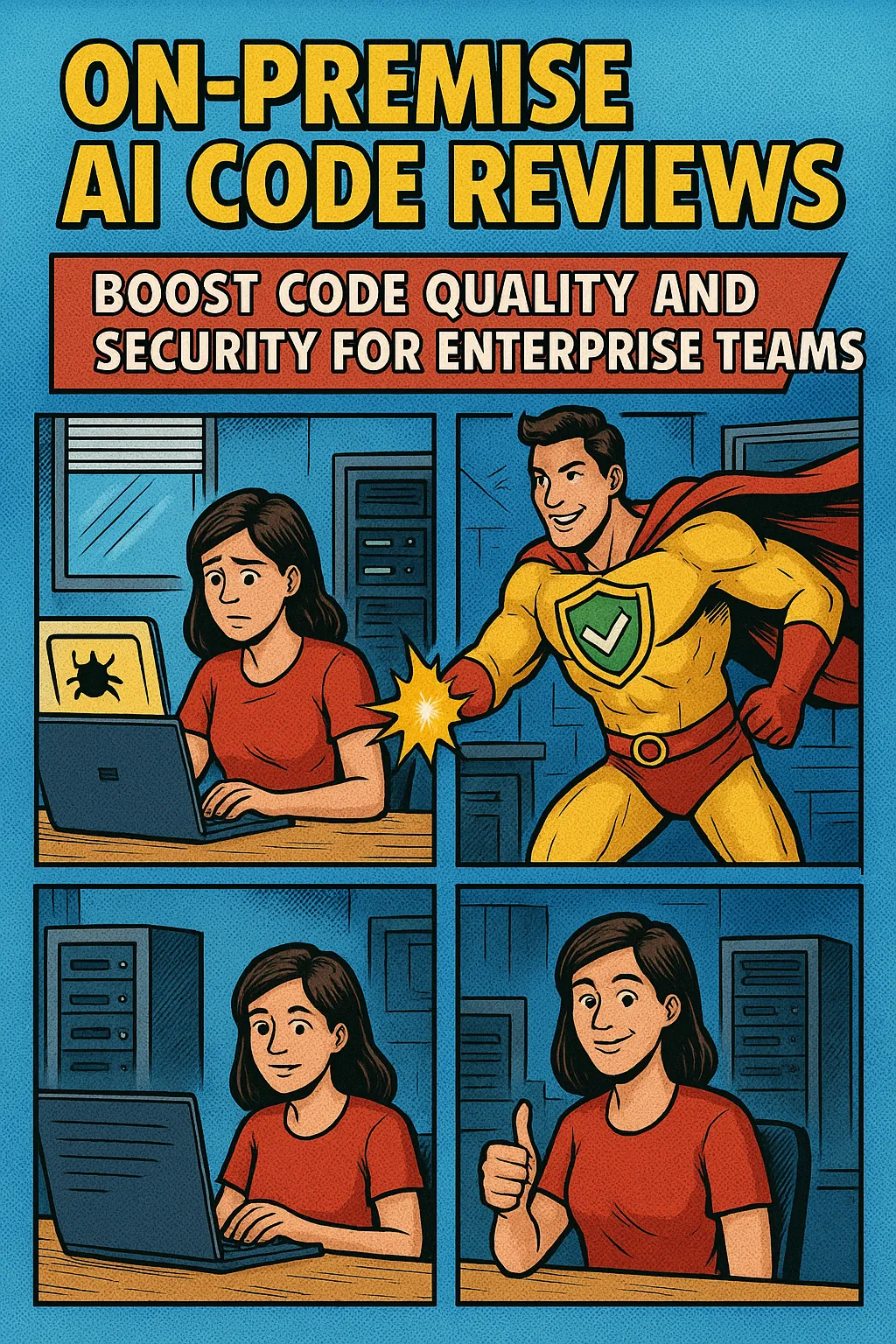Tag: code review
-

In the AI Era, Why Solve for Just Code Reviews When the Whole SDLC Is Being Automated?
—
by
When we started building Panto, we weren’t fixated on “what” we were building-we were obsessed with “why.” While most startups rush toward MVPs and quick launches, we sat with the discomfort of not knowing our exact direction. And yes, it was awkward to admit, especially when people would ask, “What are you guys building?” and…
-

On-Premise AI Code Reviews: Boost Code Quality and Security for Enterprise Teams
—
by
Engineering leaders must constantly balance rapid innovation with the need to protect code and data. Delivering features quickly is important, yet doing so without compromising quality or security remains a top priority. AI code reviews offer significant advantages, but relying solely on cloud-based solutions can introduce risks that many organizations, especially in regulated sectors, cannot…
-

How to Reduce PR Merge Time from 14 Days to Under a Day?
—
by
Imagine engineers finishing a new feature, only to see it sit idle in a pull request (PR) queue for days or even weeks. This delay is not just frustrating-it is expensive. According to Forrester (2024), slow PR merges cost teams up to $25,000 per developer each year. While competitors continue to release updates rapidly, delayed…
-

CERT-IN Compliance for AI Code Security: Unlocking Trust with Automated Code Reviews
—
by
Imagine a major Indian fintech startup on the verge of securing a national bank contract — until the bank demands proof of CERT-IN compliance. Overnight, teams must scramble to audit code, patch vulnerabilities, and retrofit security controls under pressure. This scenario is now common across industries, as CERT-IN compliance becomes the gold standard for code security and…
-

How to Identify and Fix Code Smells in Kotlin
—
by
AI-powered code review tools are revolutionizing how teams maintain code quality. For Kotlin developers, these tools can automatically catch bugs, style issues, and even subtle code smells that hurt maintainability. By automating mundane review tasks, Panto’s AI lets your team ship features faster while still enforcing best practices. In this tutorial we’ll define code smells,…
-

Why SCA Should Be Part of Code Review Checks
—
by
Software Composition Analysis (SCA) is the practice of scanning applications to identify all open-source and third-party components, along with known vulnerabilities and license information. In 2025, SCA is mission-critical. The use of open-source software has exploded — Sonatype reports over 6.6 trillion OSS downloads in 2024, with 90% of modern applications containing open-source components. At the same…
-

From Mundane to Meaningful: How AI Tools Boost Developer Productivity
—
by
Ask any high-performing developer what gets them excited about work, and you’ll rarely hear “writing unit tests,” “checking for input sanitization,” or “rewriting a poorly structured PR description.” Yet, this is exactly where so many engineers spend a chunk of their day. 77% of developers say they spend half or more of their time on…
-

Build vs. Buy: Panto’s Take on AI Code Reviews and Code Security
—
by
As we talk to CTOs and engineering leaders, a common refrain we hear is, “We could just build this ourselves.” The idea of a custom, home-grown AI code review or code security tool can be tempting. It offers promises of full control, perfect fit to internal processes, and no subscription fees. It sounds great on…
-

Introducing Panto Security: The Complete Solution for Static and Dynamic Analysis
—
by
Customer: “The Wall of Defense works great for dynamic analysis, but we need Panto to also do static analysis and provide feedback to ensure the highest security and vulnerability detection.” Panto: “But there are other tools for that. Have you tried them?” Customer: “We’ve tried multiple tools, both paid and open-source. While they solve parts of the problem,…
